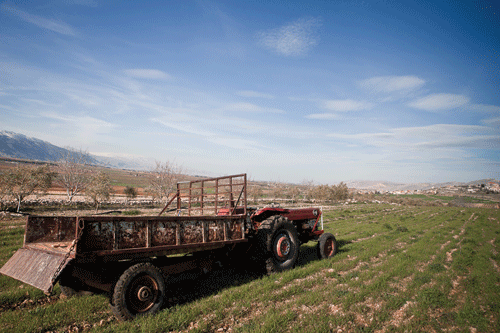Vanessa Khalil
Vanessa is a Beirut-based journalist, researcher, and communications specialist. Across these three disciplines, Vanessa has extensively covered the regional and global banking and finance; media and advertising; and tech and entrepreneurship landscapes over the past decade.

